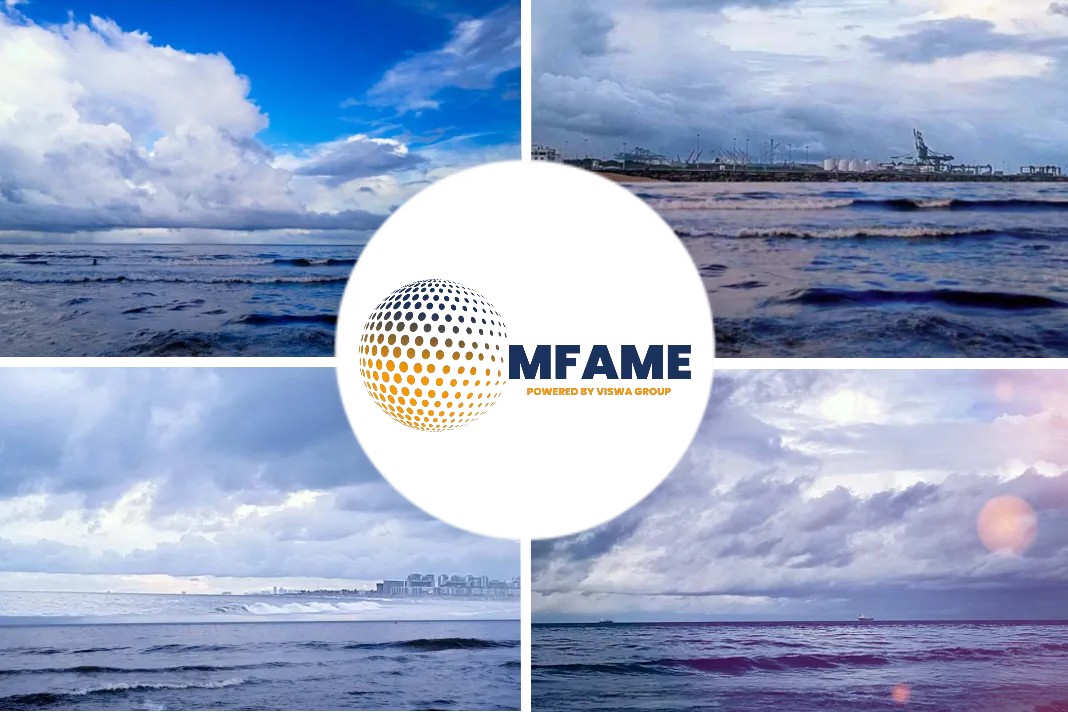An article in Wärtsilä website provides insights in to the viable and emerging for maritime decarbonization.
Call for sustainability
In recent years, the maritime sector has awoken to the pressing need to make critical sustainability improvements and rethink its activities by embracing technology and digitalisation.
Wärtsilä embraced the call for sustainability from the very beginning and promoted the change through active collaboration in the ecosystem and investments in new technology to usher the maritime industry into the age of decarbonised shipping.
What is often not realised, however, is that the optimum solution is always more than the sum of its parts – and it takes real expertise to put the right components together. Elias Boletis, Director Wärtsilä Propellers and Transmission, explains more.
“With all minds focused on the challenges of decarbonisation, and while we wait for carbon-free fuels to become widely available, the main concern in the maritime industry in recent years has been making vessels as energy efficient as possible,” explains Boletis.
Bringing together energy-efficient solutions
Until recently, emissions requirements only applied to new-build vessels but from 2023, with the introduction of EEXI, they will be applicable to existing vessels too, meaning many additional owners and operators will be looking at how best to comply.
“Increasing propulsion efficiency is central to reducing emissions, and Wärtsilä’s propulsion portfolio is one of the broadest on the market, but the key to optimising energy efficiency isn’t found in individual products,” shares Boletis.
“Instead it requires a suite of energy-efficient solutions working together: the right propeller for the vessel supported by many other components, from the shaft, gearbox and auxiliary systems to energy-saving devices that reduce surrounding inefficiencies. To find the right solutions and piece them together in the optimal way for each vessel takes a great deal of expertise.”
Tackling inefficiency
“To optimise efficiency, you need to tackle all sources of inefficiency – both those that stem from the propulsion system and those that come from the vessel itself,” explains Boletis.
“To optimise flow you can reduce inefficiencies with devices such as Wärtsilä EnergoFlow before the propeller, which can improve fuel efficiency by up to 10%, and Wärtsilä EnergoProFin, an energy-saving propeller cap that increases propulsion efficiency by a further 2% by improving water flow after the propeller.”
The best technology – wherever it comes from
“We are not too proud to look outside of our own expertise when it comes to finding the best way to increase a vessel’s propulsive efficiency,” highlights Boletis.
“We saw that friction drag on the flat bottom of a vessel can reduce efficiency by as much as 20–30% and realised that by eliminating that we would see a significant reduction in fuel consumption. We are now partnering with Silverstream Technologies to offer their Air Lubrication System (ALS) to our customers, which uses a carpet of bubbles to reduce the friction drag, making vessels more efficient with lower fuel consumption at any given speed. This technology can increase energy efficiency by up to 8%, depending on the vessel type.”
“ALS is just one example of how we are partnering with smaller companies to help industrialise their solutions and address the whole marine market,” continues Boletis.
Yet another important method to increase overall energy efficiency is wind-assisted propulsion. Many locations around the globe have high winds that are currently not being utilised by vessels but, when harnessed using wind-assisted propulsion technology, they can significantly reduce your total power needs.
For example, Anemoi Marine Technology’s Rotor Sails, which are also part of our offering, provide fuel savings of up to 20–25% with multiple rotors on routes with moderate to high wind intensity. This is not only good news in terms of operating costs, but also contributes to decarbonisation efforts.
A unique solution for every vessel
“With access to the best solutions on the market, we can help to find the optimal combination of solutions for a particular vessel or owner,” Boletis explains. “We can propose alternatives that consider both the efficiency gains and the ability of the owner to finance the solution, allowing the customer to choose the package that best suits their circumstances.“
“We serve the needs of the whole market, from very large container ships to smaller vessels like fishing boats and research vessels – and we always optimise our solutions to the owner’s exact needs. We might take a controllable pitch propeller and add EnergoProFin and Rotor Sails, for example – in combination the savings in energy consumption can be over 20%. Whatever the customer’s requirements, we will try to help.”
Right tools for the energy efficiency job
“One advantage we have over our competitors is the fact our propulsion technology has been developed over decades and has a lot of history and expertise behind it – and we still optimise and improve our solutions all the time,” points out Boletis.
“On top of this proven foundation we have built a very large portfolio of energy-saving devices, which enables us to bundle a wide range of solutions into one optimal package. Because we can integrate ship design, propeller design and all our additional products, the owner or shipyard has just one party to deal with – and a guarantee that all the technology will work optimally together.”
“We use many different techniques to accurately configure the right solution, from OPTI Design, CFD and hydrodynamics to environmental and operational data,” continues Boletis.
“As the option with the most ‘easy wins’, the current focus is squarely on propulsion efficiency and energy-saving technology – and, with fast returns on investment, there are significant savings to be made. Whatever your vessel or operating profile, with our high-performance propellers as the firm foundation of our offering, we can use our experience and expertise to put together a package of energy-saving technology and devices that maximise your savings and help you meet the challenges of decarbonisation,” concludes Boletis.
Did you subscribe to our daily newsletter?
It’s Free! Click here to Subscribe!
Source: Wärtsilä























